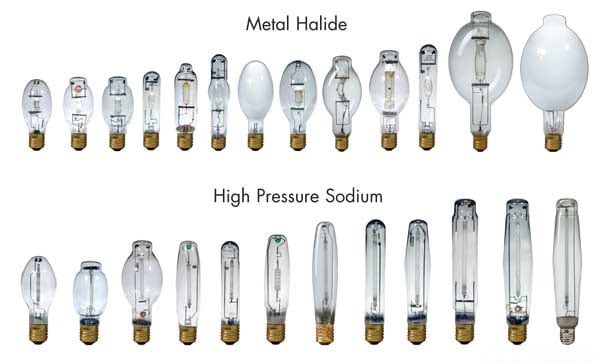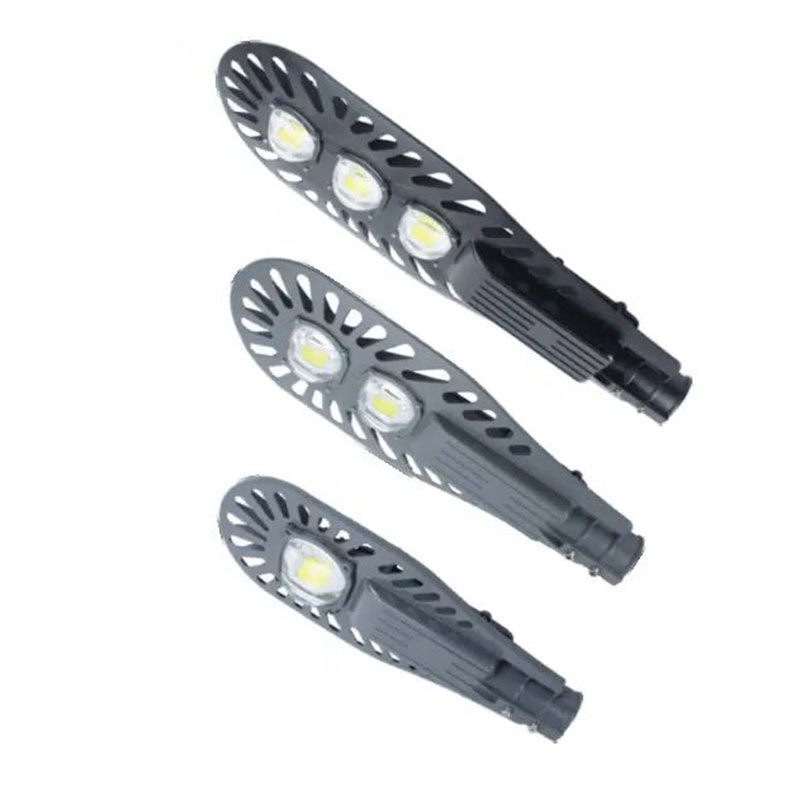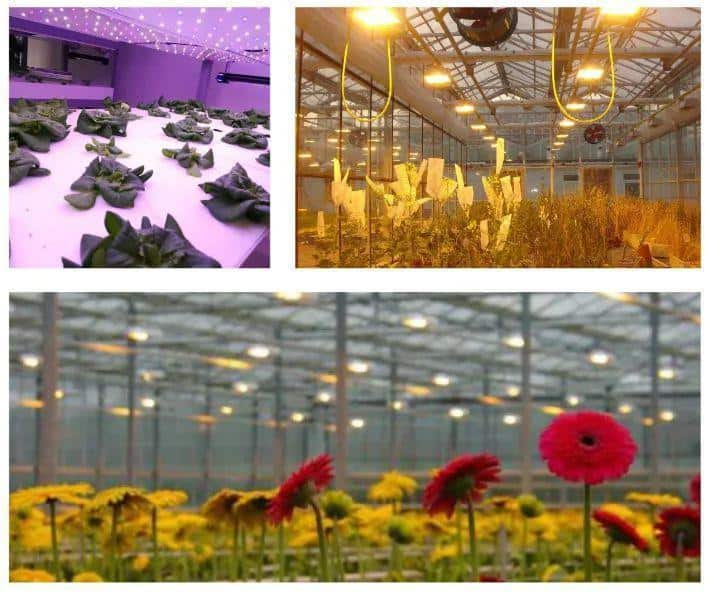Street lighting needs to be efficient, last a long time, and not cost a lot of money to run. Sodium vapor lights are used for street lighting because they are efficient, last a long time, and are not expensive to use.
Sodium vapor lights are used for street lighting because they are very energy efficient, last a long time, and produce a lot of light without using a bunch of electricity. They are an inexpensive and dependable way to light up the outside.
Let’s talk about why they use these lights for street lighting.
High Energy Efficiency
Sodium vapour lamps are highly energy-efficient, which makes them an excellent option for large-scale applications like street lighting. These lamps, particularly high-pressure sodium (HPS) lamps, are capable of converting a significant portion of electrical energy into visible light.
This means less energy is wasted as heat compared to traditional incandescent or fluorescent lamps. The result is lower electricity consumption while still providing sufficient illumination over wide areas, making them perfect for outdoor applications where energy efficiency is essential.
From a cost perspective, sodium vapour lamps offer substantial savings. Their efficiency directly translates into reduced energy bills, which is especially important for municipalities responsible for powering streetlights across cities.
In large cities, the sheer number of streetlights means energy costs can quickly add up, so choosing sodium vapour lamps helps control operating expenses and reduce the environmental impact associated with high electricity usage.
Long Lifespan and Durability
Another reason sodium vapour lamps are widely used in street lighting is their long lifespan and durability. These lamps are designed to last anywhere from 20,000 to 30,000 hours, which significantly reduces the frequency of replacements. This extended lifespan is particularly valuable for street lighting, as regular maintenance can be costly and time-consuming, especially when lights are positioned high above roads and public areas. Fewer replacements mean lower long-term maintenance costs and less disruption to public spaces during repair work.
In addition to their long lifespan, sodium vapour lamps are also known for their durability in various environmental conditions. Whether it’s extreme heat, cold, rain, or humidity, these lamps can continue to function reliably.
Their rugged construction allows them to withstand the harsh conditions often faced by outdoor lighting systems, ensuring that they remain functional even in challenging weather, which further enhances their appeal for street lighting applications.
High Light Output for Large Areas
One of the major advantages of sodium vapour lamps is their ability to produce bright, widespread light, which is crucial for street lighting. High-pressure sodium vapour lamps emit a characteristic yellow-orange glow, which, although not ideal for color rendering, provides excellent illumination across wide areas.
This type of light is particularly effective for illuminating roads, highways, parking lots, and other large public spaces, where even, bright lighting is necessary to ensure the safety of both drivers and pedestrians.
The high luminous efficacy of sodium vapour lamps means that they produce a large amount of light per watt of electricity consumed. This makes them incredibly efficient for outdoor lighting, where both brightness and energy savings are critical. The broad light coverage provided by these lamps helps improve visibility, which is vital for reducing accidents and promoting safety on the roads, especially during nighttime hours.
Cost-Effectiveness in Installation and Maintenance
Sodium vapour lamps are not only efficient but also highly cost-effective when considering both installation and ongoing maintenance. Due to their long lifespan and reliability, these lamps require far less frequent maintenance compared to other lighting technologies.
This translates into lower overall maintenance costs, as fewer resources are needed for repairs and replacements. In the context of street lighting, where labor costs for replacing high-mounted lights can be significant, the reduced need for regular maintenance is a considerable advantage.
Additionally, the initial installation of sodium vapour lamps tends to be more affordable compared to newer technologies like LED lighting. While LED technology is increasingly being adopted for street lighting, the upfront costs of LEDs are higher. Sodium vapour lamps, with their lower purchase and installation costs, remain an attractive option for municipalities that are working within budget constraints but still need to provide effective lighting solutions for large areas.
Enhanced Safety and Visibility
The unique light characteristics of sodium vapour lamps make them highly suitable for improving visibility in outdoor settings. Although these lamps produce a monochromatic light that may not render colors as accurately as other types of lighting, the yellow-orange hue they emit provides excellent contrast.
This contrast improves visibility on roads and in public areas, helping drivers and pedestrians to spot obstacles, navigate more safely, and reduce the likelihood of accidents. In particular, the warm color temperature of the light enhances visibility in foggy or rainy conditions, making sodium vapour lamps a reliable choice for consistent outdoor lighting.
Reliability is another key factor in the safety advantages of sodium vapour lamps. These lamps perform consistently well in all weather conditions, ensuring that streets remain well-lit during storms, fog, or heavy rain.
This consistency is crucial for outdoor lighting, as adequate illumination during adverse weather conditions can significantly enhance road safety for both vehicles and pedestrians. The ability of sodium vapour lamps to operate reliably, regardless of environmental factors, further underscores their suitability for street lighting applications.

Final Words:
Sodium vapor lights are used for street lighting because they are energy efficient, last a long time, and light up a big area. They are a cost-effective, tough, and dependable way to light up the outside so people can see and be safe.




